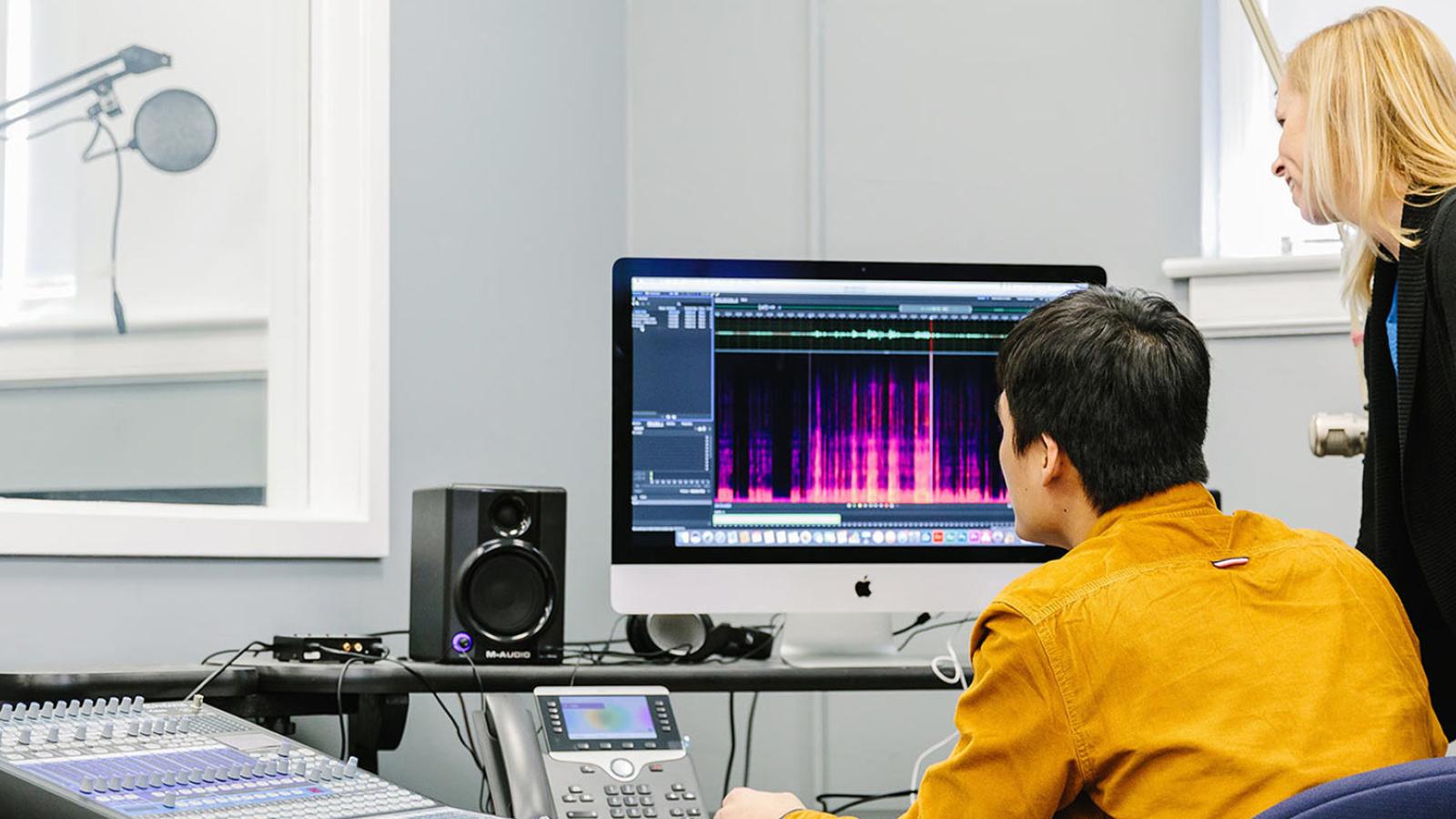Captioning your videos provides content and information to the Pace community and beyond, including learners who are deaf and hearing impaired, learners for whom English is not their native language, and when audio quality (noise, volume, clarity, etc.) is a factor. Studies also show that students learn more when information is presented through multiple modalities, including text, audio, and video.
Support
For available captioning services, please email the Educational Media department at edmediahelp@pace.edu or visit the ITS Helpdesk.
